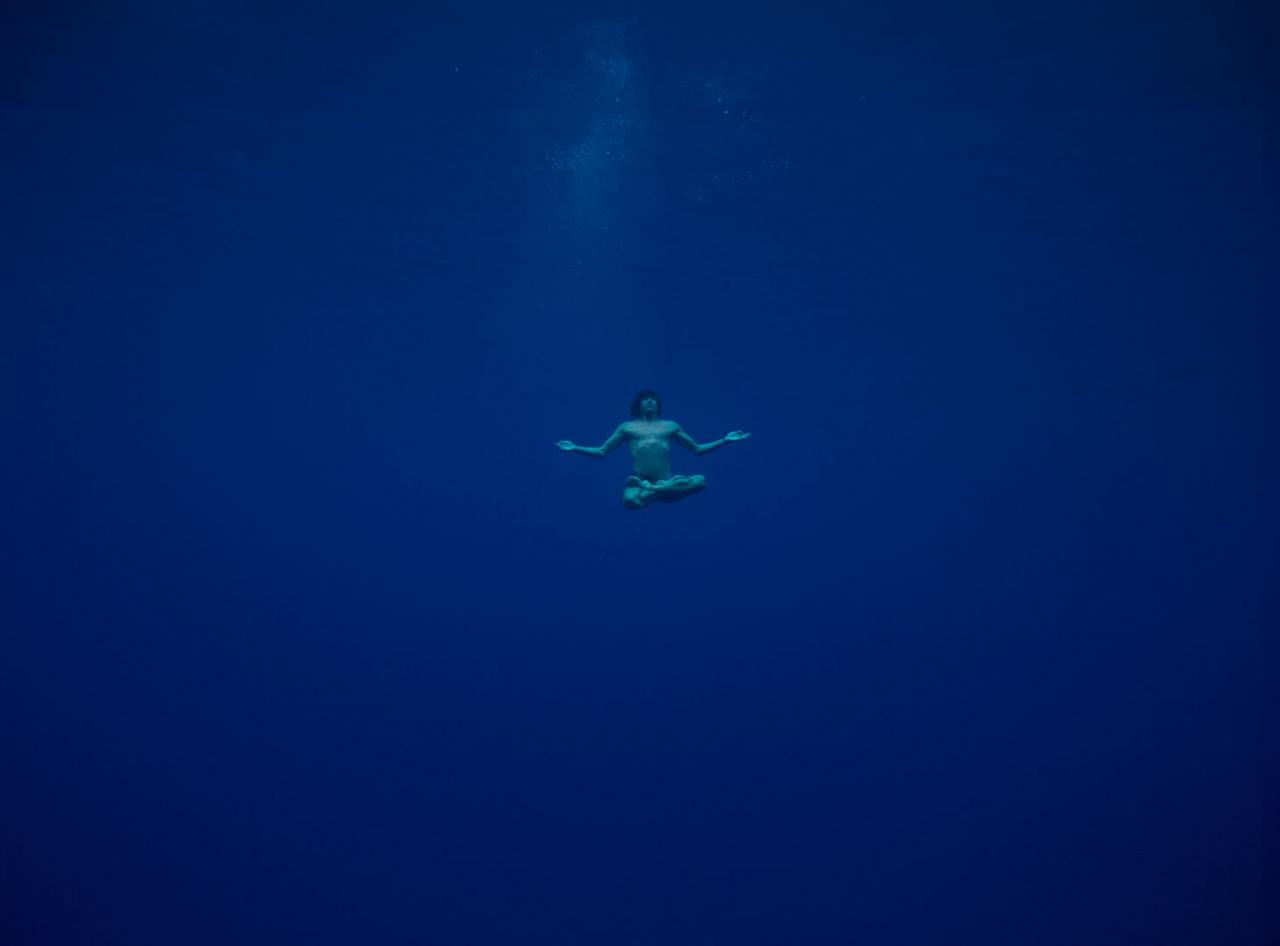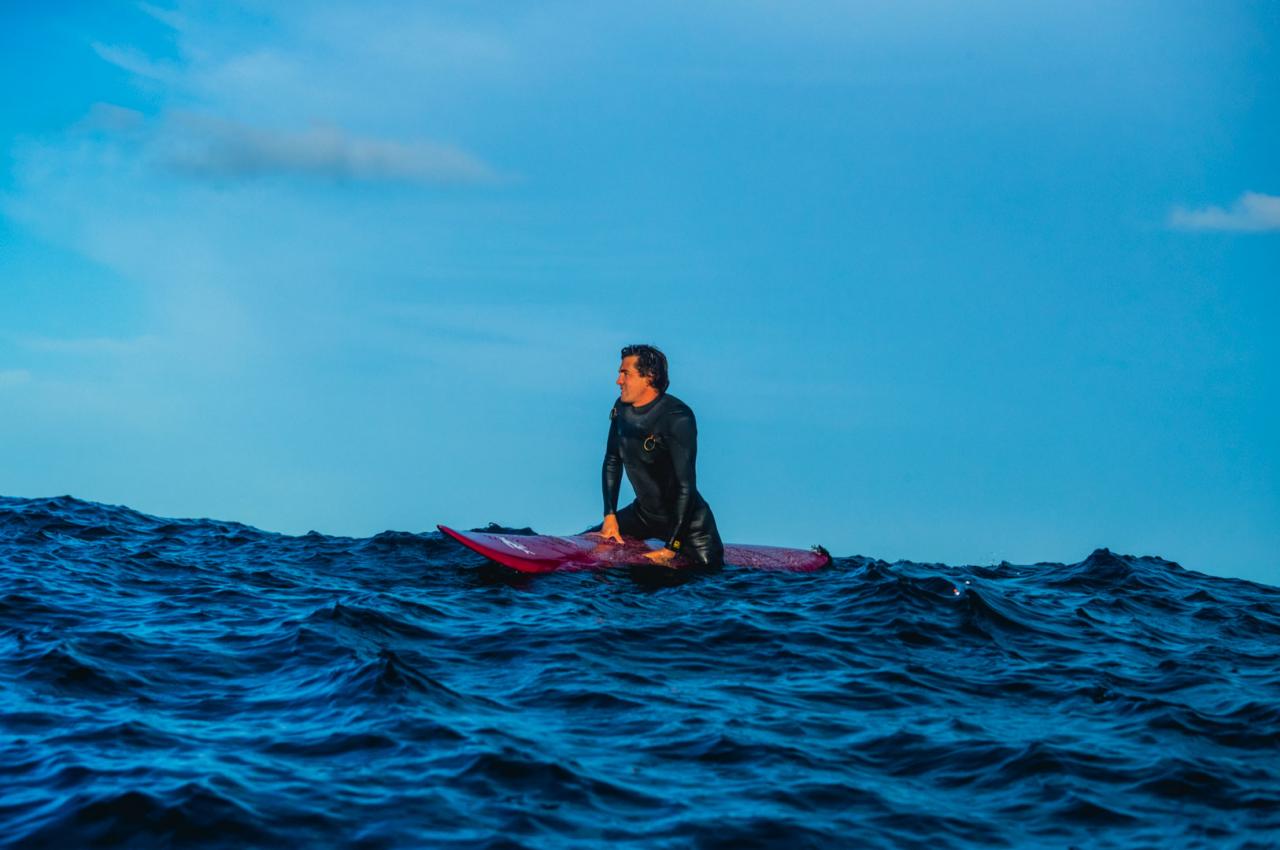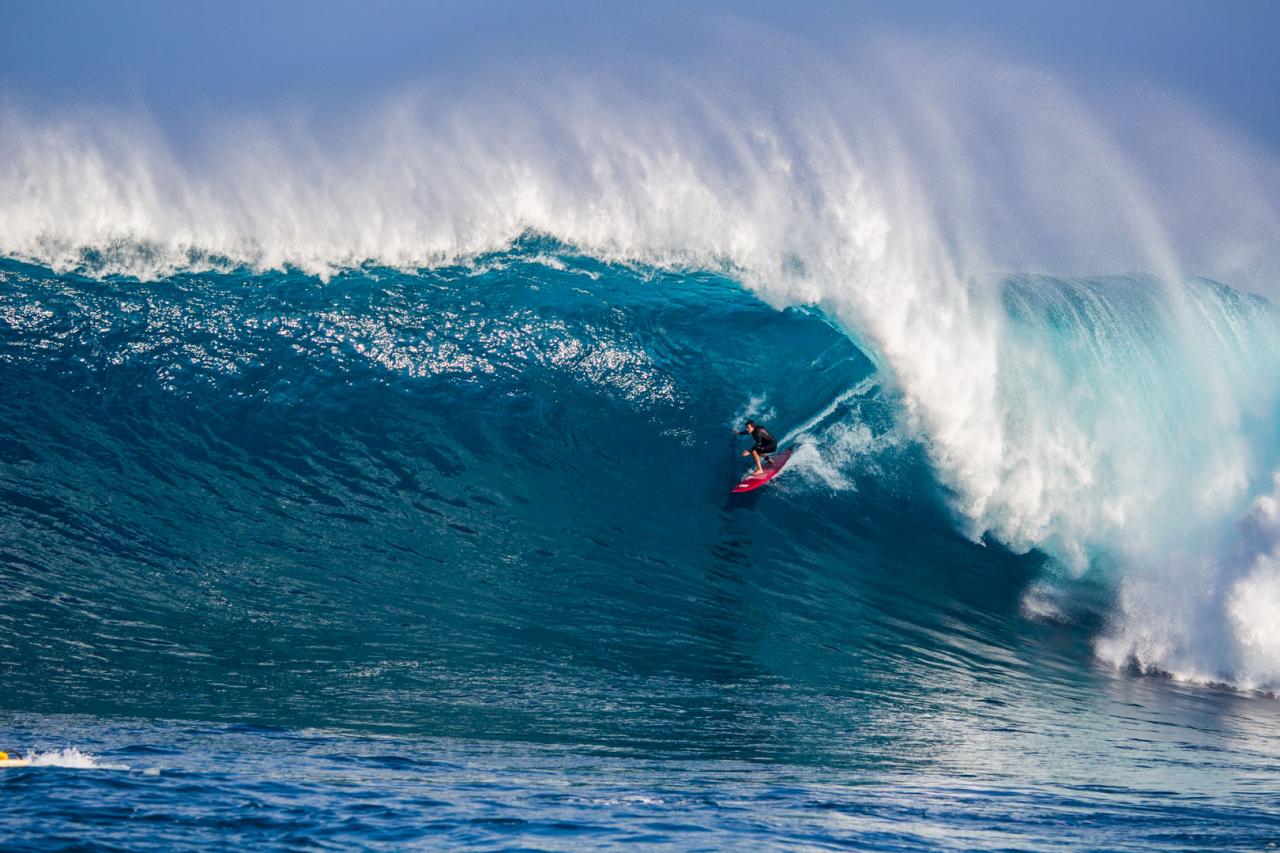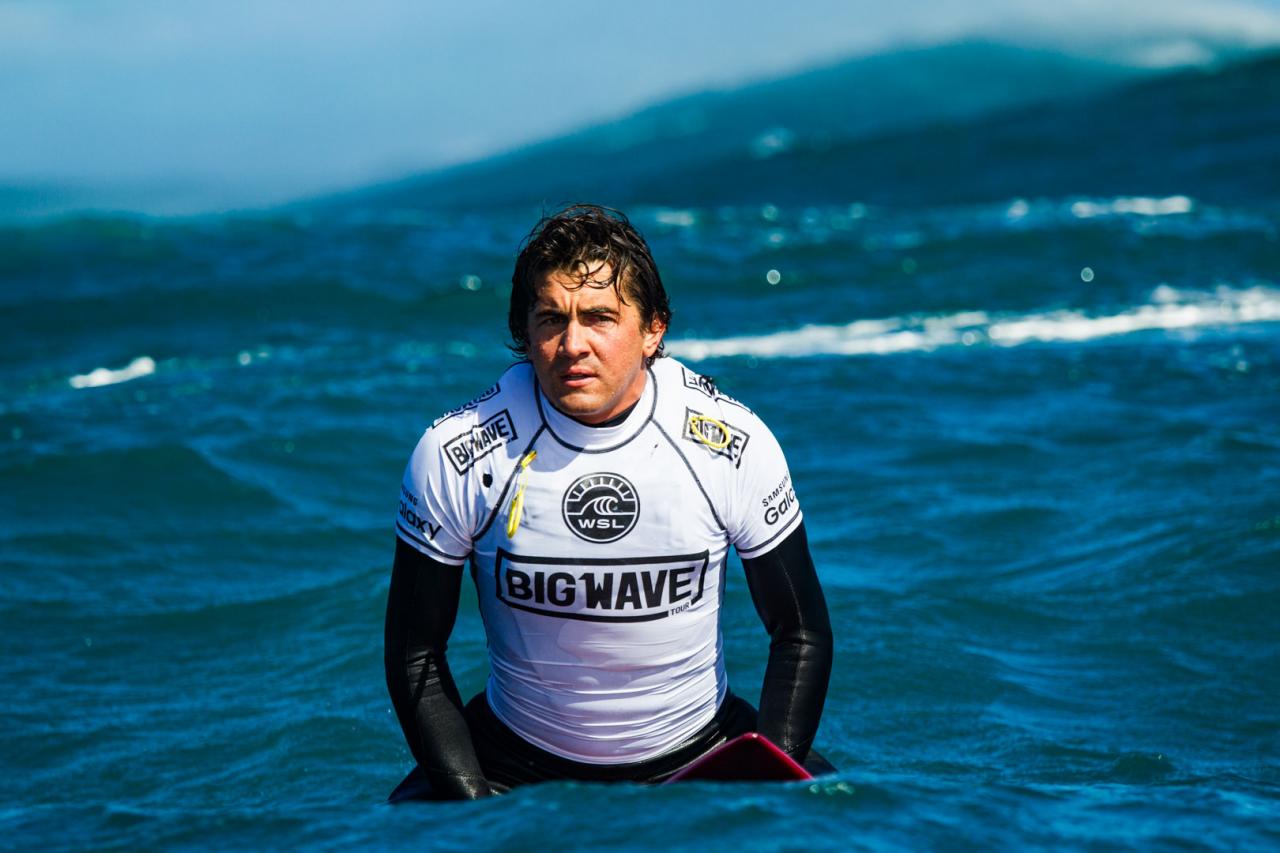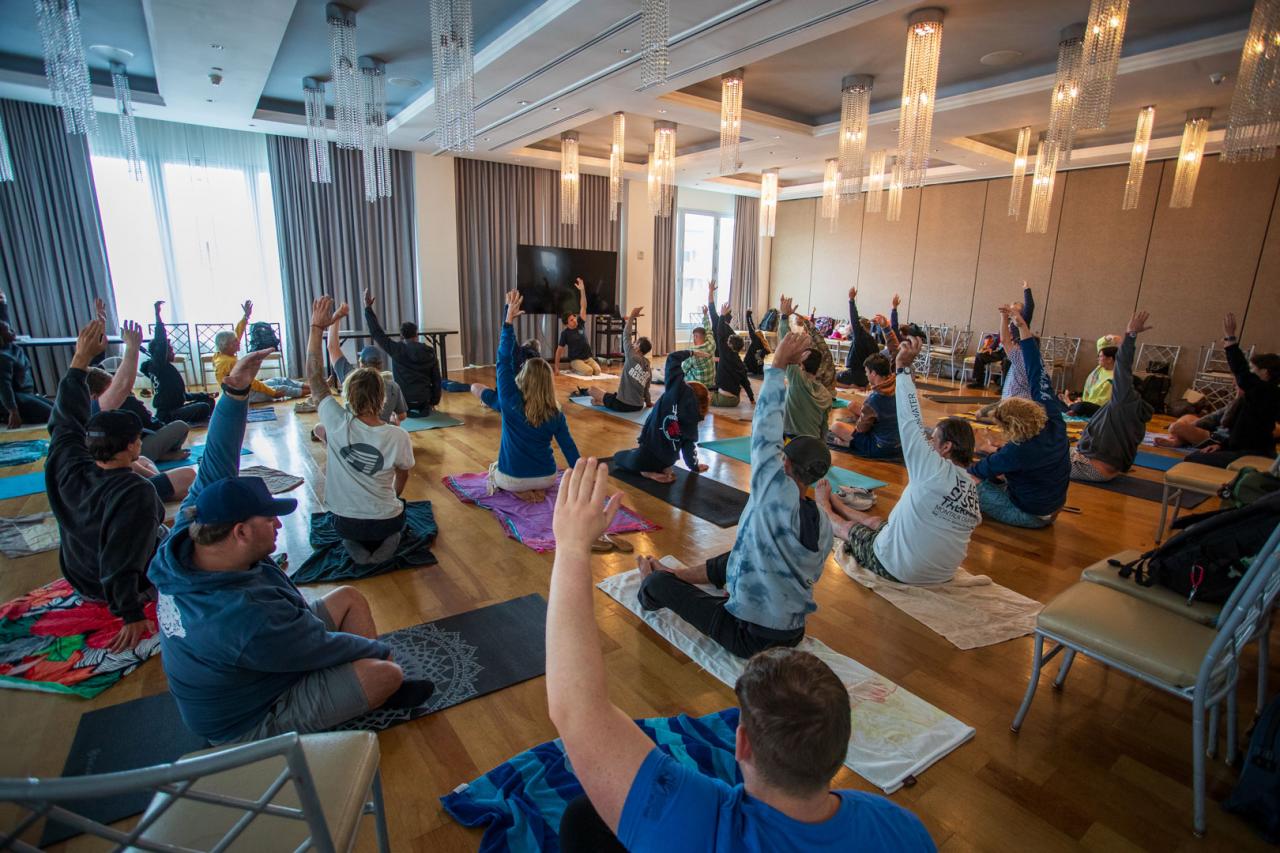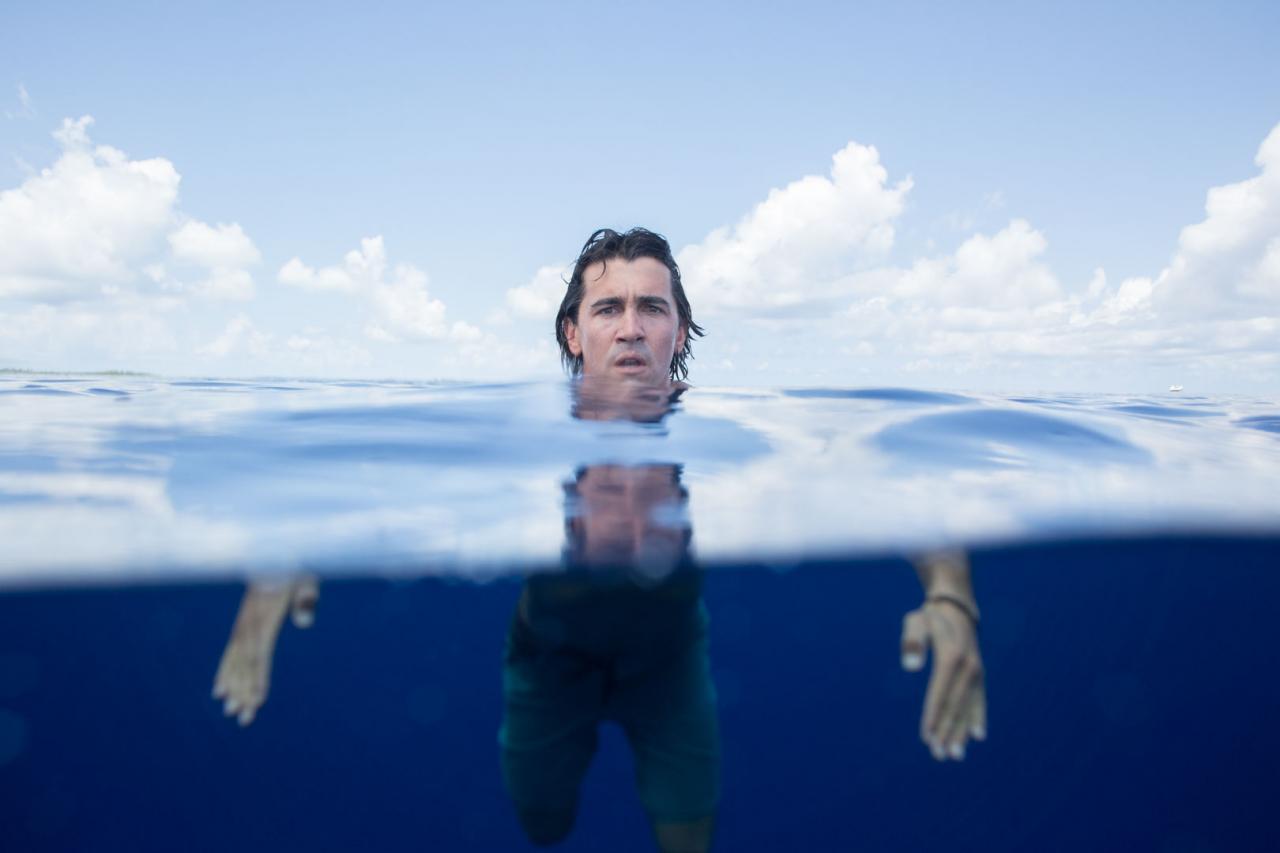The old wood steps flexed beneath my feet as I ascended the short staircase to the door. I stopped short to admire the painted sign hanging above the entrance. Resting atop a faded purple and white lotus flower in bold black letters was the world “YOGA”. The small building was set on a backstreet I often drove en route to surf the pier in my hometown of San Clemente. I had acknowledged the quaint building countless times in transit, but this would be my first time venturing inside. I was nineteen years old, an aspiring big wave surfer and recently recovered from my first significant surfing injury; a torn medial collateral ligament. Upon finishing a lengthy rehabilitation program, a surfing mentor of mine suggested I take up yoga to help improve my flexibility and prevent future injuries. Coupled with a deep respect for surfing legend Gerry Lopez who I knew to be a devoted Yogi from multiple articles I had read, I heeded the advice. Running my finger across the paper schedule taped to the inside of the window, I triangulated “Tuesday” and “Afternoon” re-confirming the single available class at five thirty. I swung the door open on its rickety hinges and stepped inside. I was quickly greeted by a middle-aged woman, with curly sand-colored hair and a broad smile, “Oh Wow! Why hello there, welcome!” I was as taken aback by her boisterous energy as she was my presence. “This must be your first time at the studio, it’s so wonderful to have you join us!” Excitedly introducing herself as the studio owner and class instructor, she handed me a thin worn-out mat and showed me to the yoga room. “Find yourself a space on the floor, I will be right there.”
Though tiny in square footage, the room felt large due to the lack of students. I noted eight other mats in the front of the room. Their occupants either sat cross legged with eyes closed in silence or were deeply contorted into some form of warm up stretch. Clearly all regulars. I quietly placed my mat in the back of the room in an effort to keep my presence to a minimum. Behind me the studio door closed, and the teacher entered with a smile broader than before. “Good evening, ladies ...and gentleman! Gals, we have a new student joining us this evening. Everybody, please meet Greg.” Her voice echoed off the four small walls thwarting my attempt at a covert existence. “Darling, what are you doing hiding there in the back?” She asked. “Come join everybody up front. Let’s put you between Barbra and Debbie. Ladies, make space for Greg, it’s his first class!” I self-consciously ushered my mat forward and wedged into the space that had been vacated for me. “Greg, just do your best to follow along, and if you get tired or need to take a break, you can just lay down on your mat.”
“Take a break? How hard could this possibly be?” I naively mused. When I wasn’t surfing, I spent nearly every waking moment doing some form of physical cross training activity. “What could possibly happen in a class full of forty-something-year-old women that I couldn’t keep up with?” Little did I know my ego was soon to be shattered into a million fragile pieces.
The class began with a warm-up sequence of basic movements which were to be done in timing with either an inhale or exhale. Both the movements and cadence of breath were orchestrated by the teacher whose voice had softened to meet the peaceful ambiance of the dimly lit room. I proudly followed with ease only sneaking the occasional glance at Barbara or Debbie to ensure I was doing things correctly. As the class progressed so did the difficulty of the postures (or asanas as I learned they were called) along with the length of time in which they were held. The teacher’s articulation of how the body should be positioned in each was masterful and her cues of when to inhale or exhale while holding or transitioning from one to the next never missed a beat. It didn’t take but a few minutes before fatigue set in, and I soon found myself struggling to keep up. If either Debbie, or Barbara were annoyed by my fumbling about, I couldn’t tell as they flowed elegantly from one asana to the next, holding each like a statue. With sweat pouring off my forehead, I grunted onward, determined to keep up, until I was startled to a stop by the teacher’s voice by my side. Between my exhausted delirium and ego induced tunnel-vision, I hadn’t noticed her leave her teaching position and approach. “Greg, I want you to slow down and back off a little in these postures. I have said multiple times, none of the movements should feel forced, and if they do, you need to ease up.” She inched closer to my ear, and with the familiar wide smile whispered, “Those comments were for you. Take it easy, and please don’t forget to breathe. If you don’t breathe, you are not doing yoga.” I glanced at both Deb and Barb, who remained unbothered and beautifully poised in some foreign single-leg balancing bow-like pose. The teacher turned around, I took note of the gals, and picked up right where I had left off.
“You got this Greg,” I grunted under my breath. I swiftly grabbed my left foot in my left hand. While balancing on my right leg, I extended my right arm forward and left leg back in an attempt to emulate the pose the ladies on either side stoically held. My body met resistance in all directions and my breathing became short and labored. I pushed on, foolishly convinced I too could attain the sacred form of cupid’s bow. Holding my breath I extended further, pushed harder, and pulled deeper until I lost balance. Letting out a horrifying groan, I toppled forward and crashed to the floor. My commotion brought the class to a halt. From a lack of oxygen and embarrassment, my face turned an impossible shade of red. f
A cacophony of laughter and concern filled the room and the teacher swiftly returned to my side making sure I was okay. Other than a severely busted ego, I was fine. “Darling, what did I say about not forgetting to breathe?” she questioned.
“Yeah, sorry about that,” was the best response I could muster.
“Debbie, please take over guiding the class while I help Greg.” Debbie stepped to the front of the room and class resumed where I had indecorously interrupted moments before. The teacher picked up my mat and moved it to the back of the room where I had originally been seated. “I don’t want you to think I’m picking on you Greg, because I am not. If you choose to continue studying and practicing yoga, you will learn that it goes far beyond these physical asanas that most people associate it with. Now, for the rest of class, I don’t want you to do anything other than lay on your mat and follow my cues to breathe. As I told you, the breath is the foundation of yoga, and all of life. Nothing is more important in either than mastering the breath.”
Having no idea how profound and life altering those words would be, I sheepishly agreed. For the remaining forty-five minutes of class I laid on my back with eyes closed, focused my attention on my breath and followed her instructions: slow deep inhale through the nose, soft exhale out, inhale, exhale, inhale, exhale…
When class finished, I sat up and a wave of euphoric energy unlike anything I had felt surged through my body. “How is it possible to feel so good and rejuvenated without having done anything?” I wondered. The answer lies within the fact that breathing isn’t just “anything.” As my teacher had shared, it is “everything!”
The years following, I dove deep into my study of yoga. The physical practice became the main pillar of my surfing cross training. I slowly achieved the flexibility I was seeking, along with accentuated balance and strength. The greatest physical gift, however, was learning the importance and power of conscious breathing. The incorporation of breathwork into yoga dates back thousands of years, with the first recorded history of this practice found in ancient texts such as the Yoga Sutras of Patanjali. These texts outline various breathing techniques, referred to as Pranayama, which were considered essential for achieving physical, mental, and spiritual well-being. The root word “Prana” is a Sanskrit term that can translate to “breath” or “life-force/life-giving energy,” and it is exactly that.
Breathing is fundamentally the most important thing we do to stay alive, and for our overall health. It is perplexing that society has historically put so little emphasis on the importance of understanding both why we breathe and how to do it effectively. The oxygen we breathe is absorbed into our bloodstream and diffused into the cells where it is used to make energy which powers every process in the human body. Long-term oxygen depletion leads to cellular death at which point vital organs such as your heart and brain can no longer function, and we will ultimately die. The human body can survive for weeks without food, days without water, but under normal circumstances, typically no more than four to six minutes without oxygen. So, why is the satisfaction of a good full breath not held with the same reverence that we give a full belly after a soul satiating meal?
The main reason we pay so little attention to our breathing is because it is an autonomic nervous system process, and we simply don’t need to. From the moment we were born, neural networks in our brain have been sending signals to our diaphragm muscles responsible for the inhalation and exhalation process without us having to think about it. And thankfully so! Could you imagine if breathing required our undivided attention? Seeing that we do it on average about twenty thousand times a day, we wouldn’t have time to accomplish anything else. It is unfortunate however because since we don’t need to be active participants in the process that we often adopt poor breathing habits, which in turn have dramatic negative impacts on our health and well-being. The most common and significant of those habits is mouth breathing. Yes, you read that correctly. All these years, it is highly likely you have been doing it wrong. Contrary to what may feel natural, we should in fact primarily breathe through our nose, reserving our mouths for the tasks of eating and drinking.
Poor breathing habits through the mouth have sadly become commonplace due to a variety of factors. Increasing prevalence of allergies and nasal congestion have forced individuals to breathe through their mouths for relief, sedentary lifestyles have resulted in poor posture making nasal breathing more difficult, and just the fast-paced and stressful nature of modern life often leads to shallow and rapid breathing patterns. When inhalations are short and rapid, as often happens when breathing through the mouth, the body’s sympathetic nervous system becomes activated triggering our fight or flight response releasing stress hormones while increasing heart rate and blood pressure. Sustained existence in this state can eventually lead to a multitude of physical and mental health challenges. On the contrary, when we slow the rate of our breath down, which naturally occurs when nasal breathing, we unlock a world of health benefits.
By focusing on taking slow, deep breaths, we activate our parasympathetic nervous system: our body's relaxation response which - in turn - helps to lower our heart rate, blood pressure, alleviate tension, and enhance our overall mental state and sense of well-being. Furthermore, slow conscious breathing improves our respiratory and cardiovascular health. When we engage our diaphragm and fully oxygenate our lungs, we promote better lung function and increase the oxygen supply to our cells. This, in turn, improves our overall respiratory efficiency and boosts our cardiovascular system, leading to better heart health. Believe it or not, all those times in the past when you were high strung and stressed and somebody told you, “Take a deep breath and chill out,” their seemingly smart ass comment was in fact science-based.
I was fortunate to stumble my way into that yoga class over two decades ago and learn early in life about the importance of conscious breathing. The basic principles and techniques learned, I have since applied into every aspect of life from managing stress while surfing big waves, to simply winding down and relaxing at the end of the day. Breathwork practice has since exploded and become a popular topic in the health and fitness world, with no shortage of experts who have dedicated themselves to studying the art and science behind it. But those benefits extend beyond athletes and can be experienced by individuals from any walk of life at any given time. By shifting the way we breathe, and incorporating a simple daily routine, anybody can realize the multitude of health benefits from reduced stress, enhanced mental clarity, better sleep, a boost in the immune system, and overall greater sense of well-being. Conscious breathing is a simple yet powerful tool that can transform our lives in an instant. After one foolish slip on a yoga mat, it did mine. ___________________________________________________________________
Suggested Reading:
Breatheology: Stig Severinson
Breath: James Nestor
Oxygen Advantage: Patrick G. Mckeown
Daily guided breathwork:
Ourbreathcollective.com

